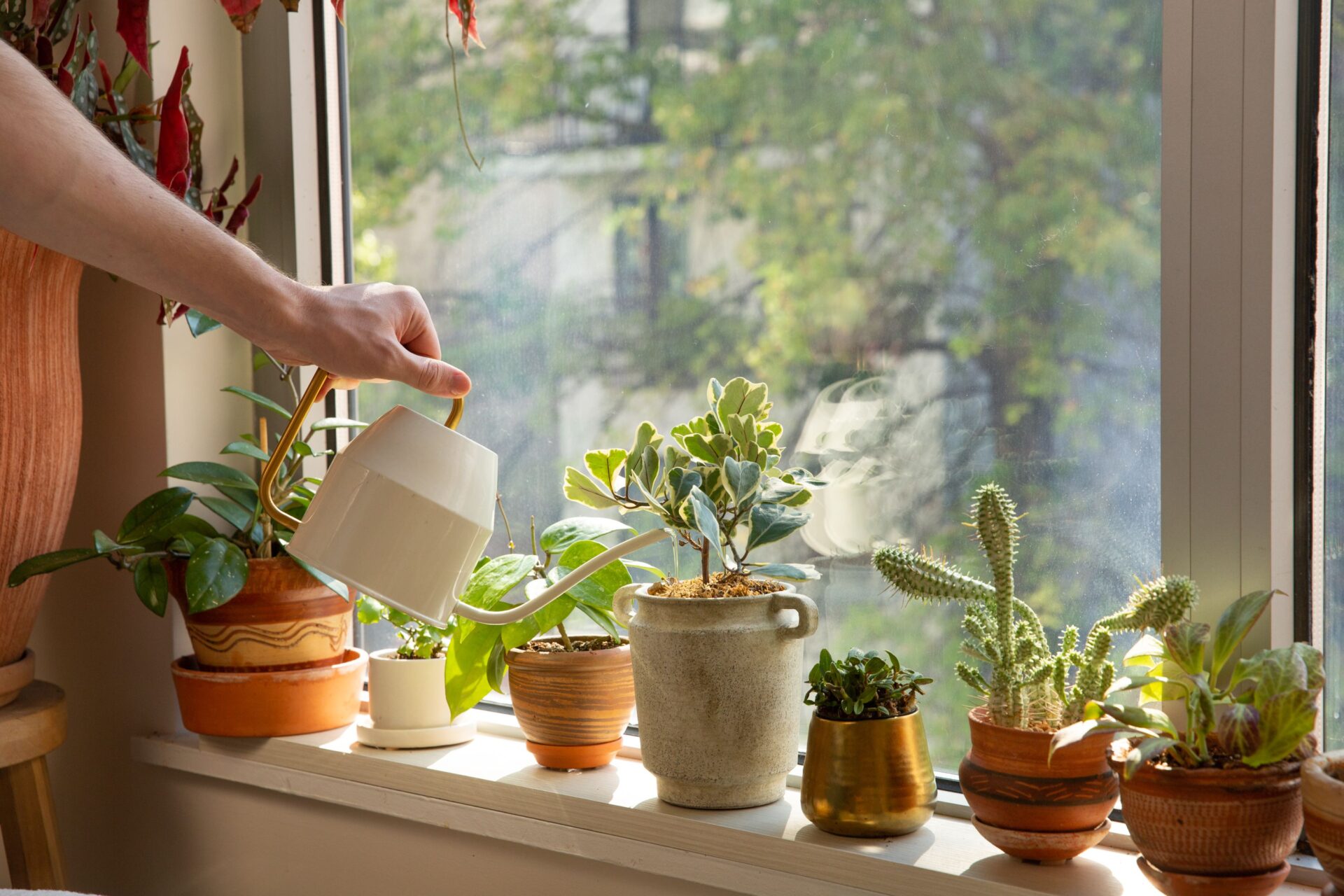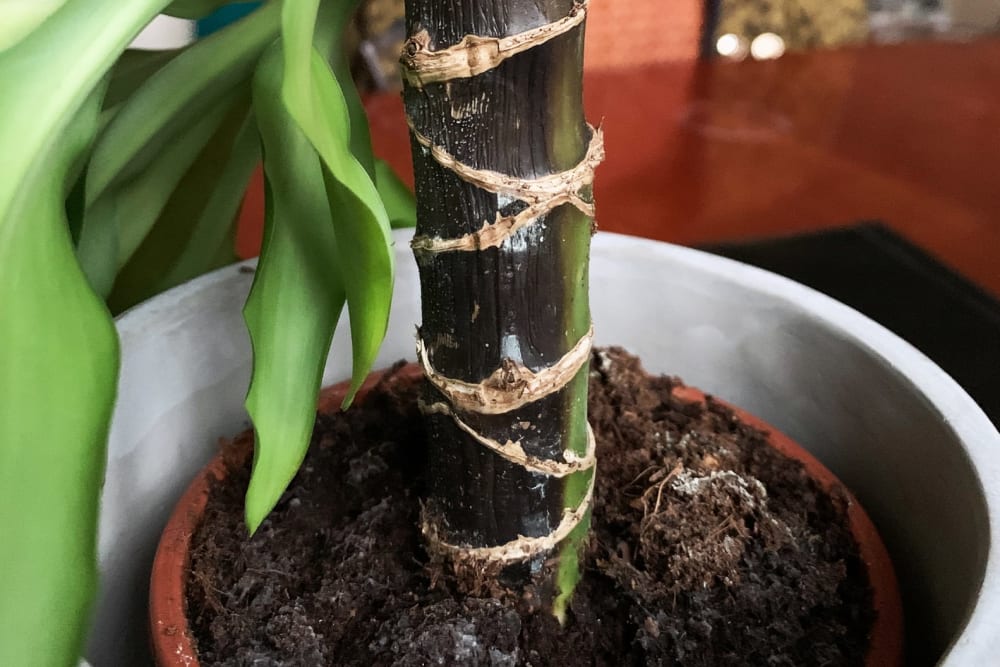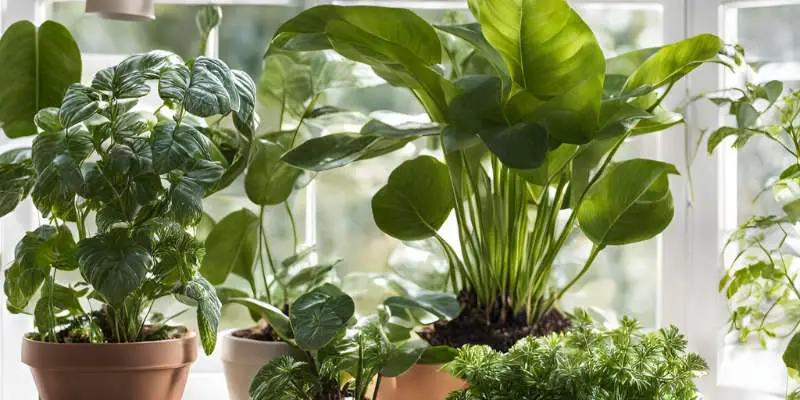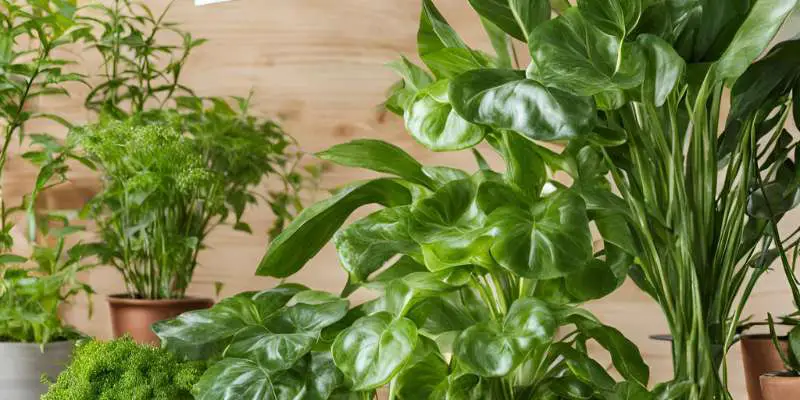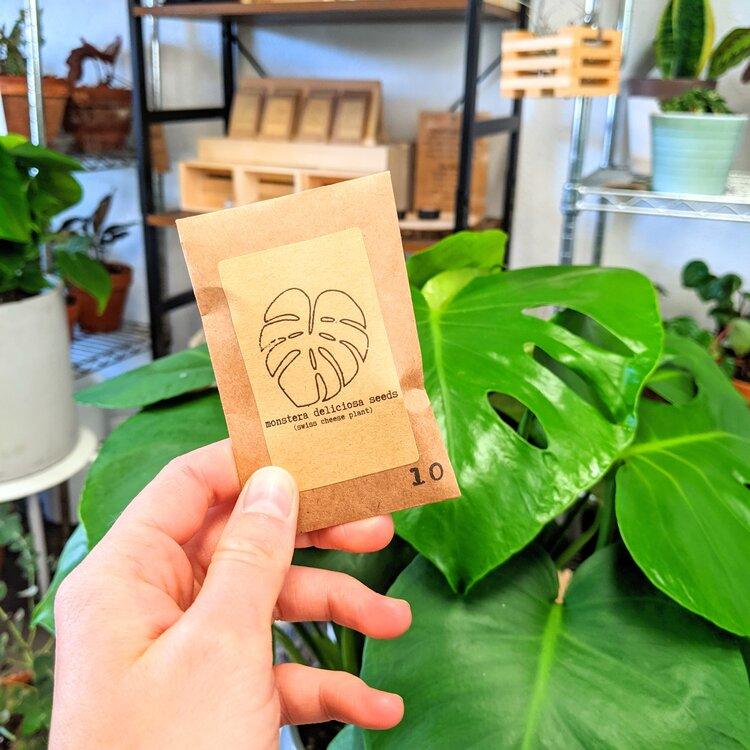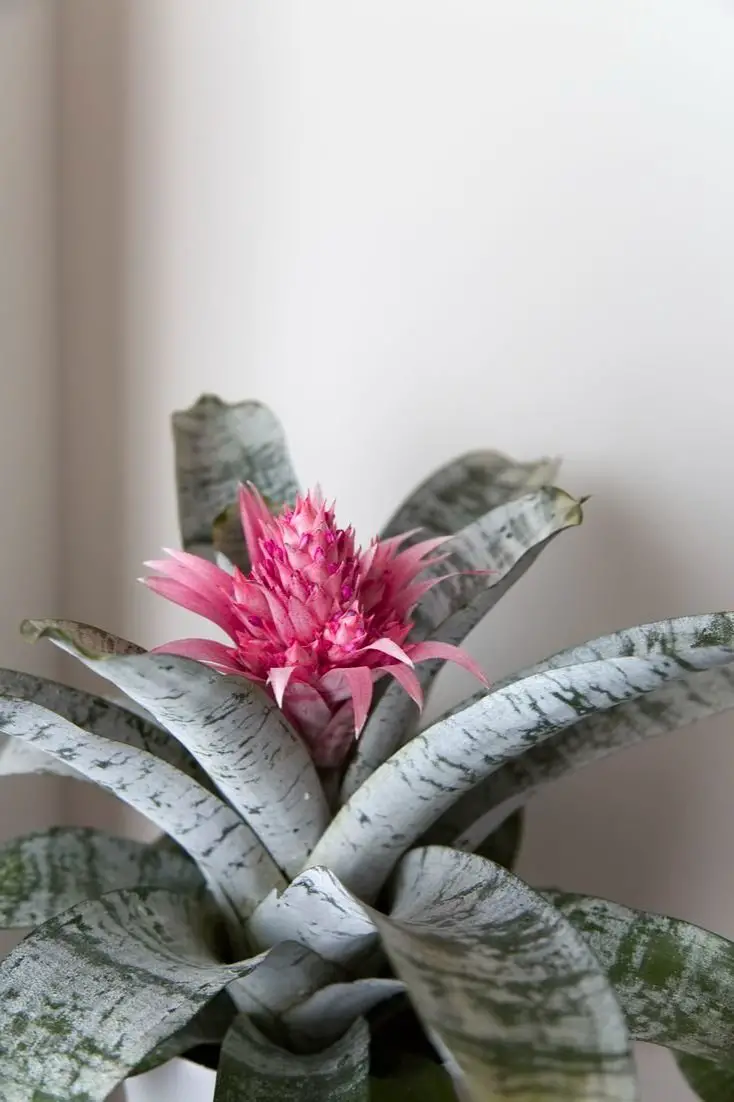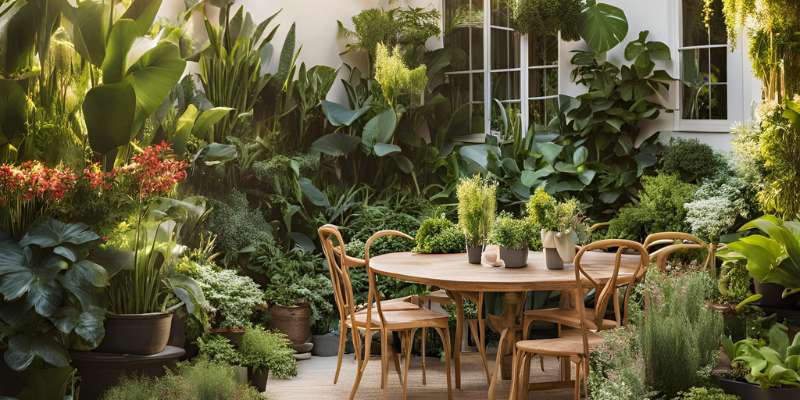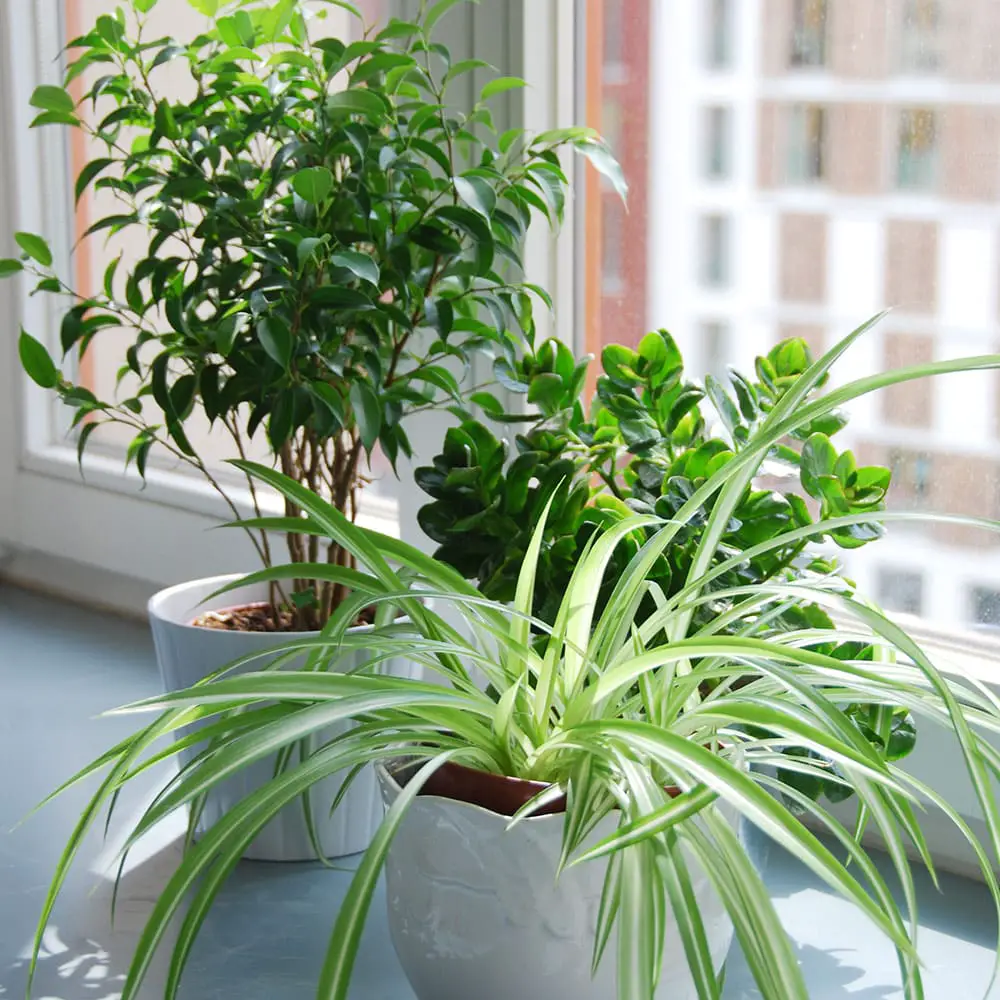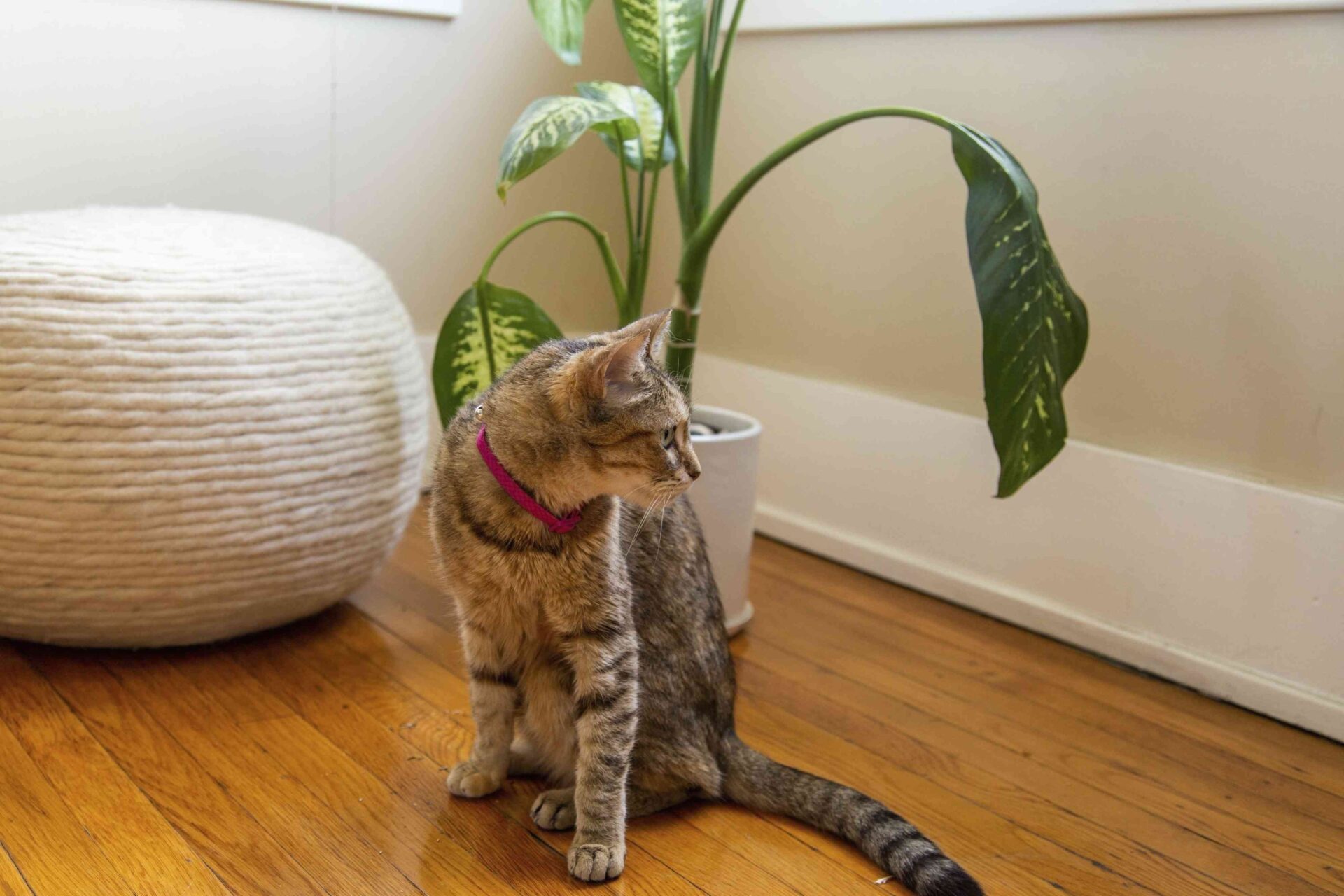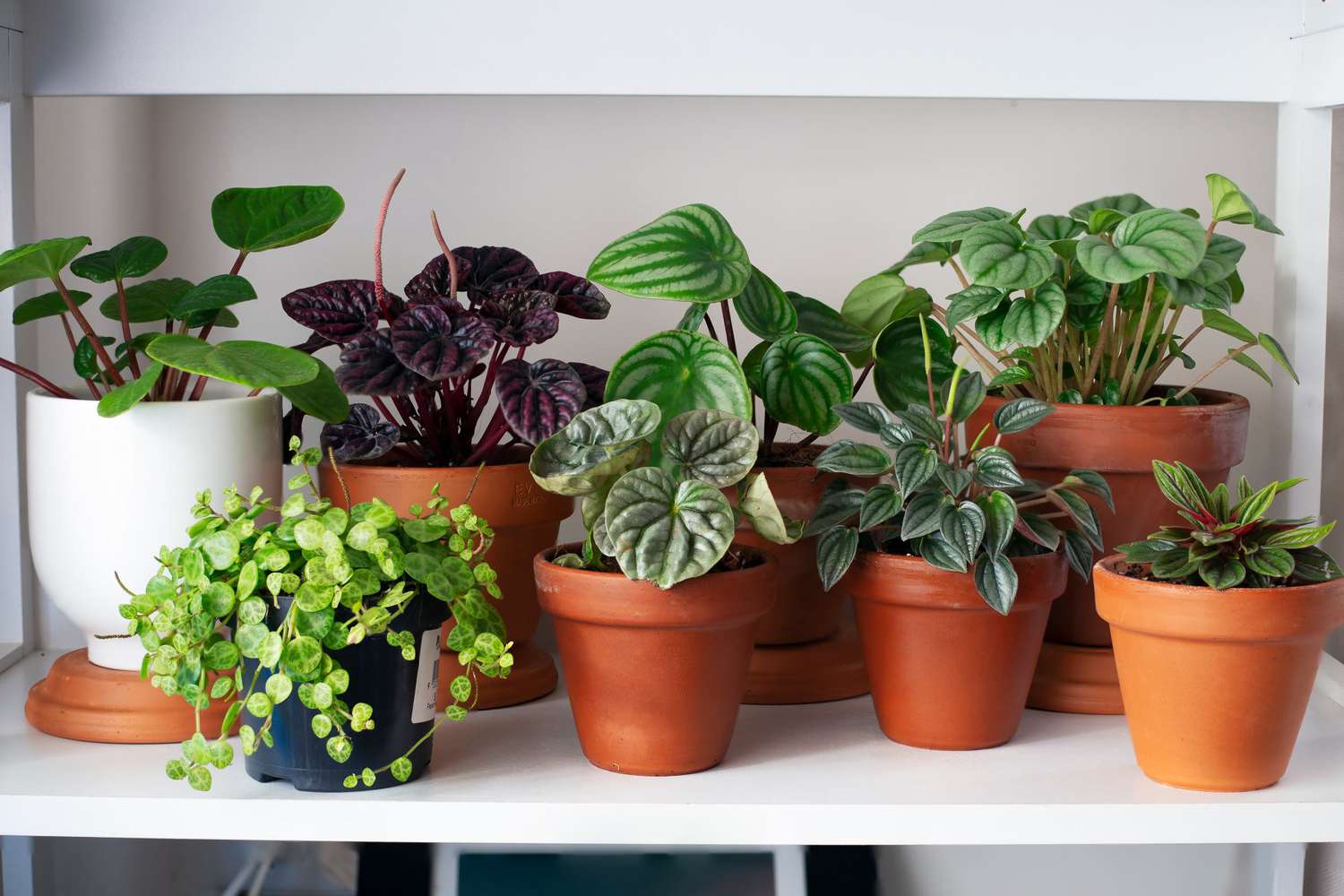Category: House Plants
-
How Often are You Supposed to Water House Plants: Expert Tips
Water house plants once a week, but adjust based on plant type and environment. Check the soil moisture before watering. House plants add beauty and freshness to indoor spaces. Proper watering is crucial for their health. Overwatering or underwatering can harm plants. Different plants have unique needs, making it essential to know your plant’s specific…
Categories: House Plants -
How to Fix Root Rot in House Plants: Expert Tips & Tricks
To fix root rot in house plants, remove affected roots and repot in fresh, well-draining soil. Ensure proper watering habits to prevent recurrence. Root rot is a common issue that can severely damage house plants, often caused by overwatering and poor drainage. Identifying root rot early is crucial to save your plant. Brown, mushy roots…
Categories: House Plants -
When is a Good Time to Repot Houseplants: Expert Tips
A good time to repot houseplants is during spring or early summer. Plants show active growth during these periods. Repotting houseplants is essential for their health and growth. Over time, plants outgrow their containers, leading to root bound conditions. This restricts their ability to absorb nutrients and water. Fresh soil provides new nutrients, promoting vigorous…
Categories: House Plants -
How to Fix Potassium Deficiency in House Plants: Easy Solutions
To fix potassium deficiency in house plants, use a balanced fertilizer rich in potassium. Ensure proper watering and soil pH levels. Potassium is a crucial nutrient for house plants, aiding in overall growth and disease resistance. Symptoms of potassium deficiency include yellowing leaves, brown leaf edges, and poor flowering. Ensuring your plants receive adequate potassium…
Categories: House Plants -
House Plants That Can Be Grown from Seed: Easy and Rewarding Choices
Houseplants like basil, coleus, and peace lilies can be grown from seed. These plants offer a rewarding gardening experience. Growing houseplants from seeds is a cost-effective and fulfilling hobby. It allows gardeners to nurture plants from their earliest stages. Some popular houseplants that can be grown from seed include basil, coleus, and peace lilies. Basil,…
Categories: House Plants -
Large House Plant That Doesn’t Need Light: Perfect for Dark Spaces
The Cast Iron Plant is a large houseplant that doesn’t need light. It thrives in low-light conditions and is easy to care for. The Cast Iron Plant, also known as Aspidistra elatior, is an excellent choice for rooms with little natural light. This hardy plant can tolerate neglect and still maintain its lush, green appearance.…
Categories: House Plants -
When is It Safe to Put Houseplants Outside: Expert Tips
Houseplants can be put outside when nighttime temperatures consistently remain above 55°F (13°C). Gradually introduce them to outdoor conditions to avoid shock. Houseplants thrive indoors, but many benefit from time spent outside. Exposure to fresh air, natural light, and rain can invigorate their growth. Before moving them outdoors, check the weather forecast to ensure stable…
Categories: House Plants -
What to Do If My House Plant is Dying: Expert Tips & Solutions
First, identify the problem by checking for pests, overwatering, or underwatering. Then, adjust care based on the issue. House plants can brighten up any space, but they require proper care to thrive. Sometimes, despite your best efforts, they may start to wilt or lose their vibrancy. Identifying the underlying issue quickly is crucial to revive…
Categories: House Plants -
Which House Plants are Poisonous to Cats: Essential Guide
Lilies, poinsettias, and philodendrons are poisonous to cats. Ingesting these plants can cause serious health issues or even death. House plants can brighten up any living space, but cat owners must be cautious. Many common house plants are toxic to cats. Lilies, for example, are highly dangerous and can cause kidney failure. Poinsettias, often seen…
Categories: House Plants -
How to Fix Moldy Soil in House Plants: Quick & Effective Solutions
To fix moldy soil in house plants, remove the top layer of soil and replace it with fresh, sterile soil. Improve drainage and reduce watering frequency. Moldy soil in house plants can harm both the plants and indoor air quality. Mold thrives in moist, poorly drained soil, which creates an unhealthy environment for plants. Removing…
Categories: House Plants

